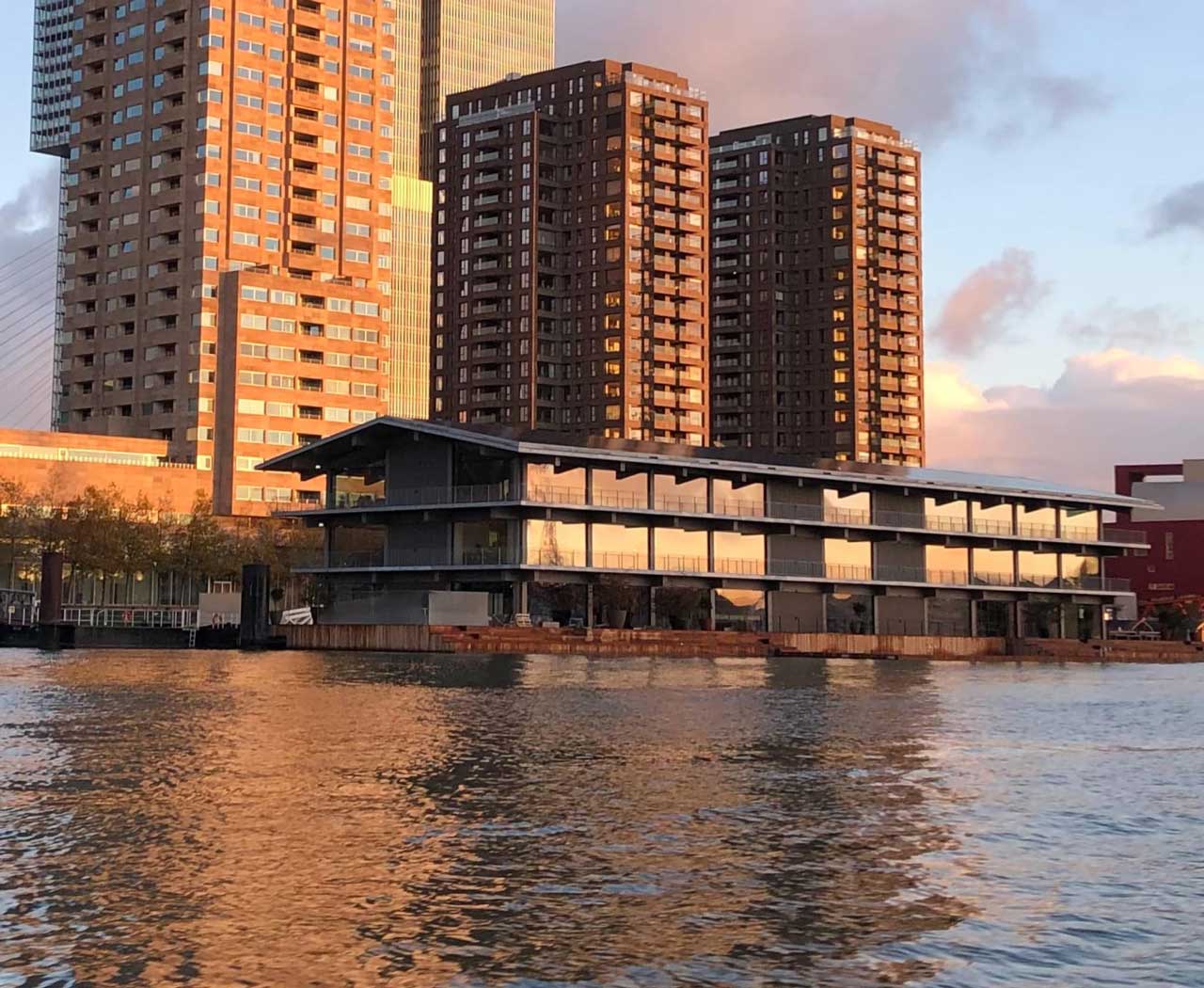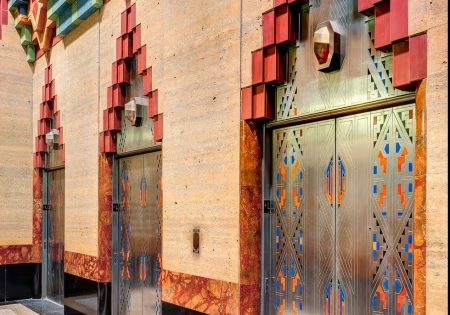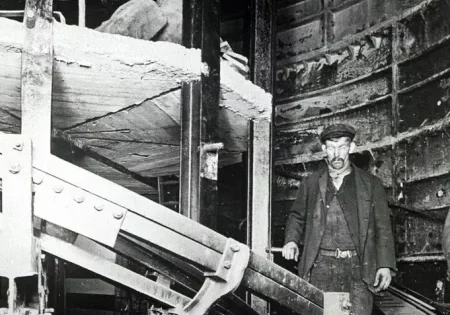Water, Wood and Steel
A three-story building rests on the water’s surface in Rijnhaven, a former industrial harbor on the Maas River in Rotterdam, the Netherlands. Built by Dutch architecture firm Powerhouse Company to be a “vessel for change,” the structure’s buoyancy is created by cross-laminated timber (CLT) floor slabs and a pontoon of 15 “concrete barges.” Floating Office Rotterdam (FOR) serves as the firm’s workspace and houses its developer RED company, the Global Center on Adaptation and restaurant Putaine.
Sustainability measures are built into FOR from top to bottom, earning it BREEAM Excellent certification. On the roof, solar panels generate the building’s electricity, and a portion is covered with a variety of flowering succulents to promote biodiversity. Balconies created from overhanging floor slabs serve as solar shading for the windows. The concrete barges contain a pipe system that uses water from the Rijnhaven to heat and cool the interior through heat exchange.
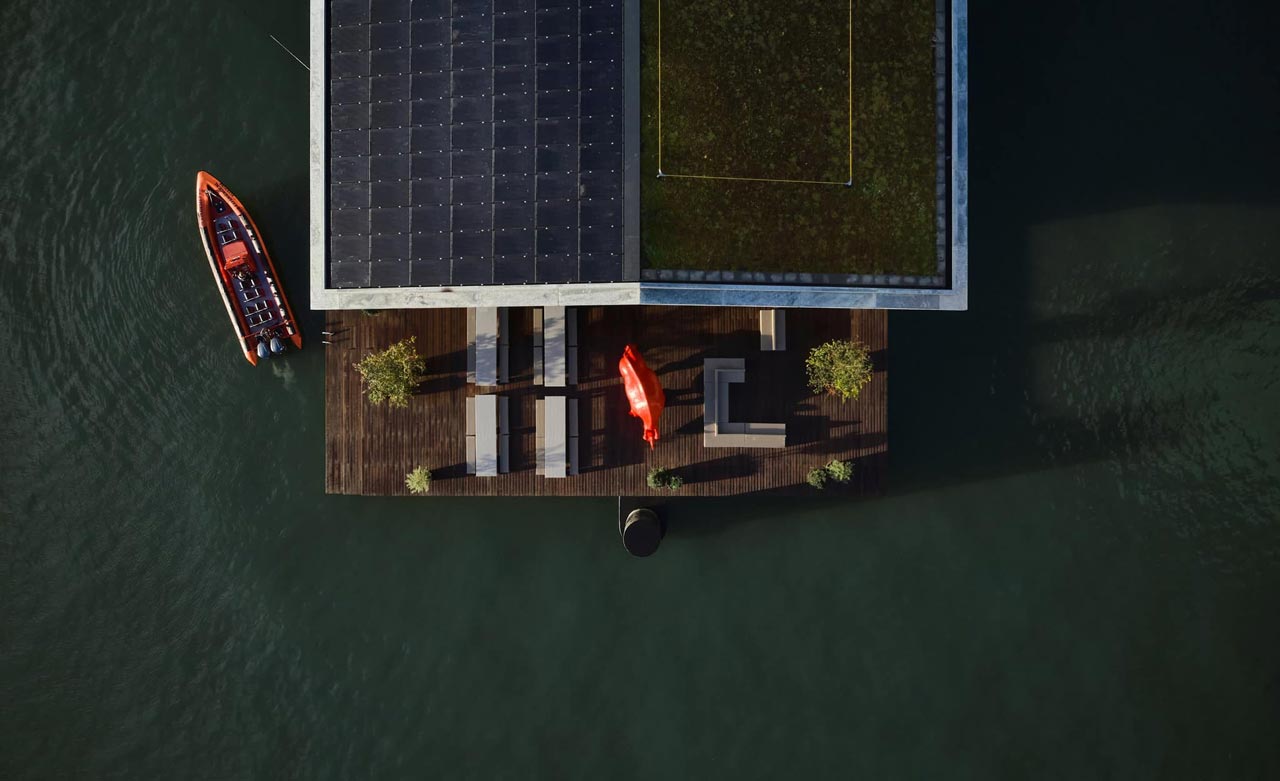
Inside, a KONE MonoSpace™ 500 DX lift offers accessibility without compromising FOR’s energy-positive, CO2-negative status. The energy-efficient elevator has an interior made of scratch-free antibacterial black carbon and moves within an all-wood hoistway. The company commented that, long ago, there were wooden lifts in steel shafts, and now, the opposite — steel lifts in wooden shafts — is growing increasingly popular. To ensure the cab’s proper alignment within the CLT shaft, KONE engineers proposed installing the guides and motor with special wood thread bolts.
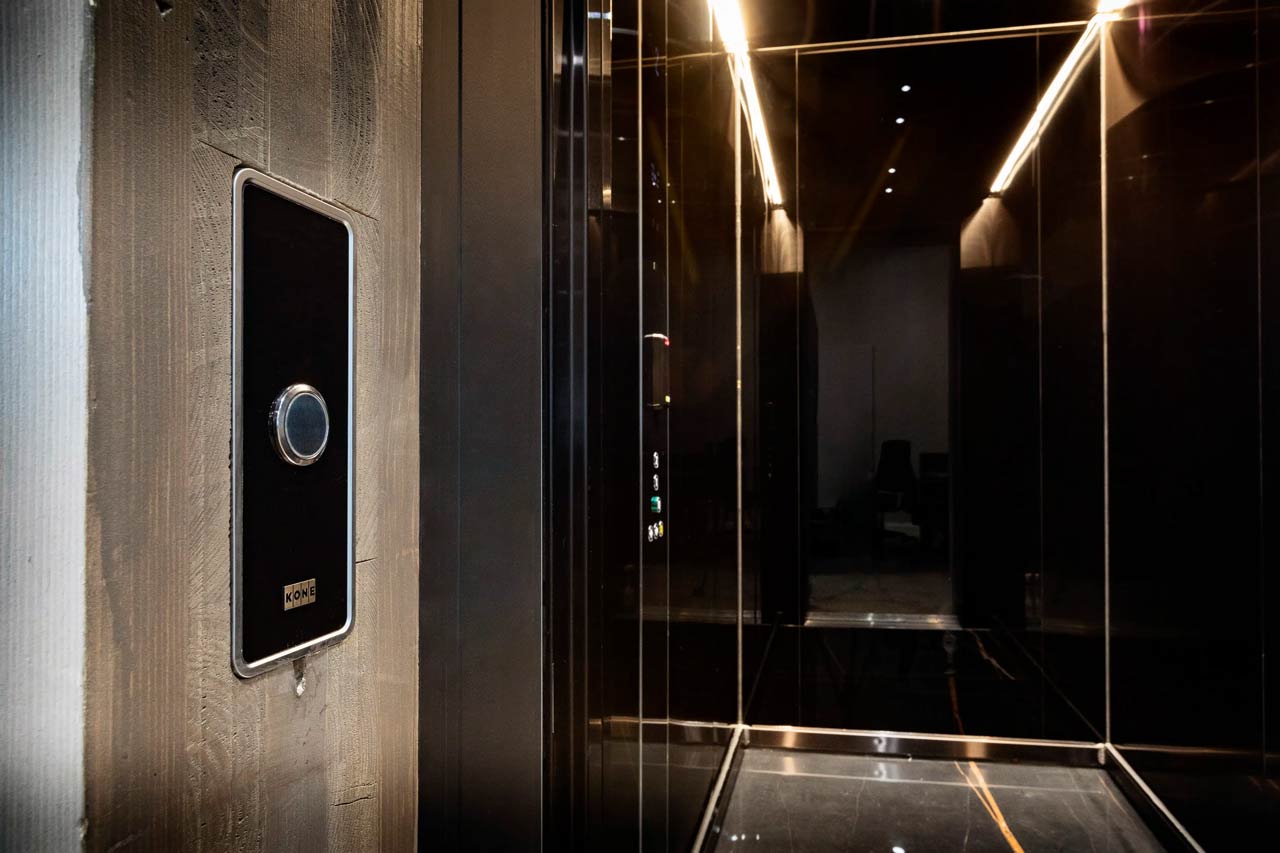
Opened in September 2021, FOR is among several recent examples of floating architecture designed with rising sea levels and climate change in mind. CLT has become an attractive choice of construction material due to its affordability, sustainability and potential for reuse. The pace of architectural materials and design innovation shows no sign of slowing.
Get more of Elevator World. Sign up for our free e-newsletter.
